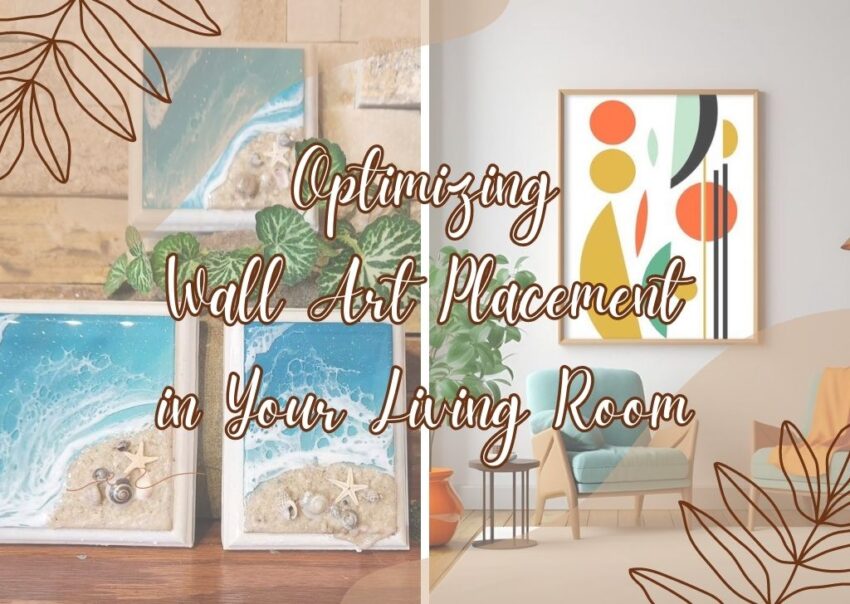Wall art is an essential element of interior design, capable of transforming an ordinary living room into a captivating and harmonious space. By strategically placing artwork on your walls, you can enhance the aesthetic appeal, create visual interest, and set the tone for the entire room. In this article, we will explore the various aspects of optimizing wall art placement in your living room.
Your living room serves as a sanctuary—a place to relax, entertain, and express your personal style. Wall art can play a pivotal role in elevating the ambiance of this space, making it crucial to consider the placement of your living room artwork carefully. When done right, it can become a focal point that draws attention and conveys your unique taste and personality.
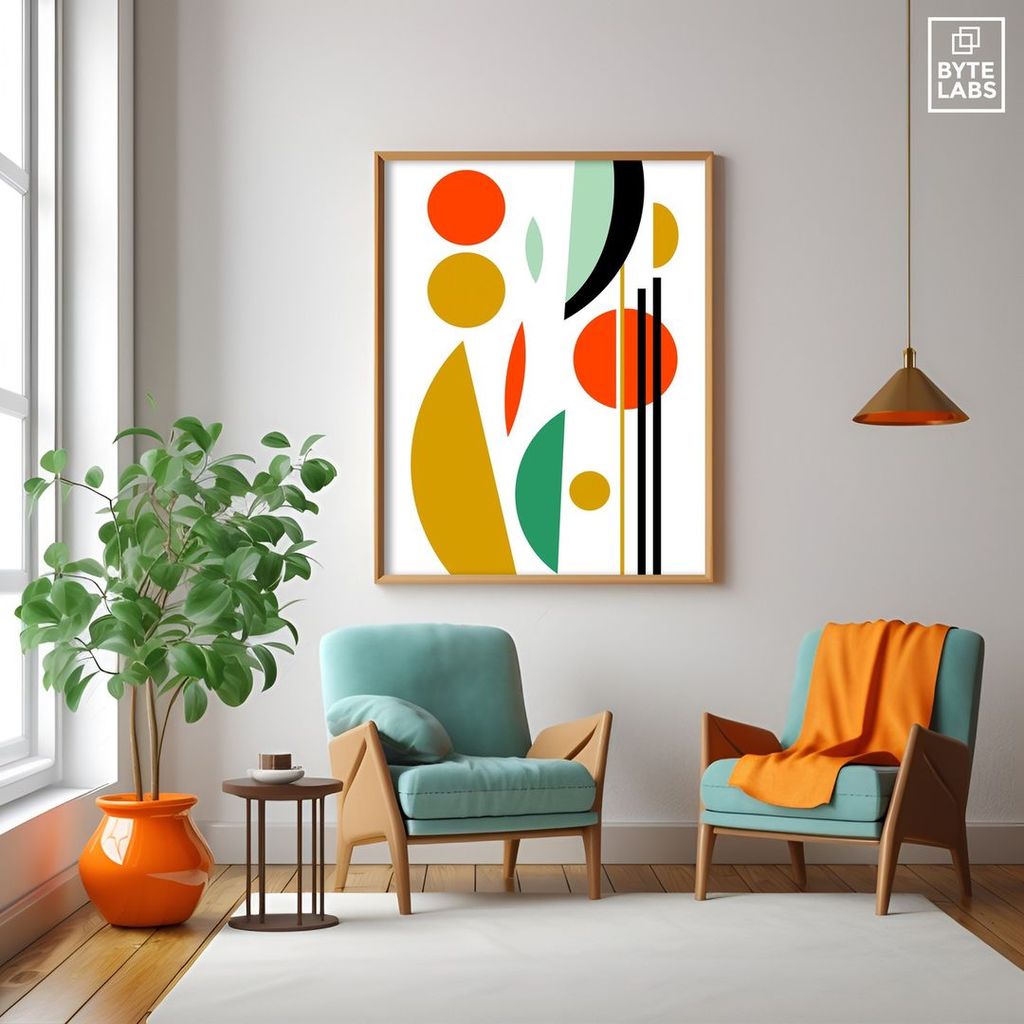
Best Wall Art Placement from bytelabsdesigns
Importance of Wall Art
Wall art offers numerous benefits beyond mere aesthetics. It has the power to evoke emotions, inspire creativity, and reflect your interests. Whether you prefer contemporary paintings, vintage posters, or abstract sculptures, the right artwork can transform a blank wall into a captivating visual narrative.
Factors to Consider
To optimize wall art placement in your living room decor, several factors come into play. Let’s explore these considerations in detail:
1. Wall Art Size and Scale

Tiny Wall Art Placement from riversideoriginals
The size and scale of your wall art are crucial elements to ensure visual harmony. A large, oversized painting might overwhelm a small room, while a tiny piece may get lost on a vast expanse of wall. Take measurements of your available wall space and choose artwork that appropriately fills the area without overpowering it.
2. Wall Art Style and Theme
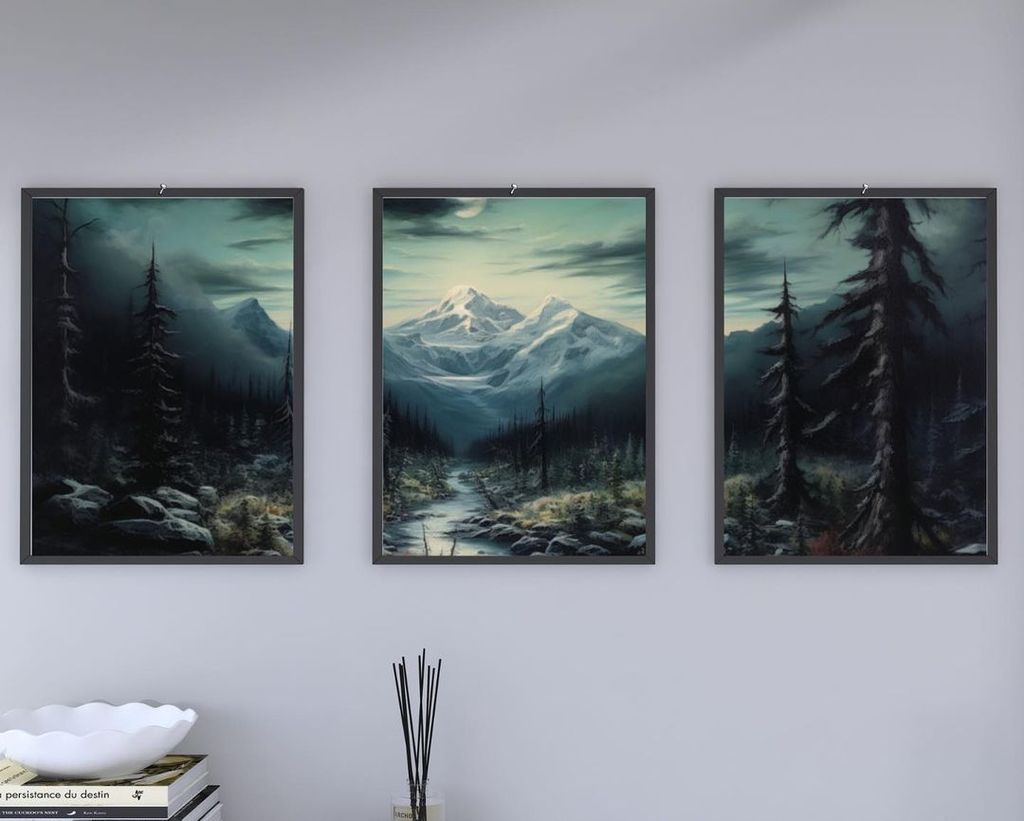
Modern Wall Art from slim_designs_store
Your wall art placement should align with the overall style and theme of your living room. Whether your decor leans toward modern, traditional, or eclectic, selecting artwork that complements the existing design elements will create a cohesive and harmonious environment.
3. Wall Art Color and Texture
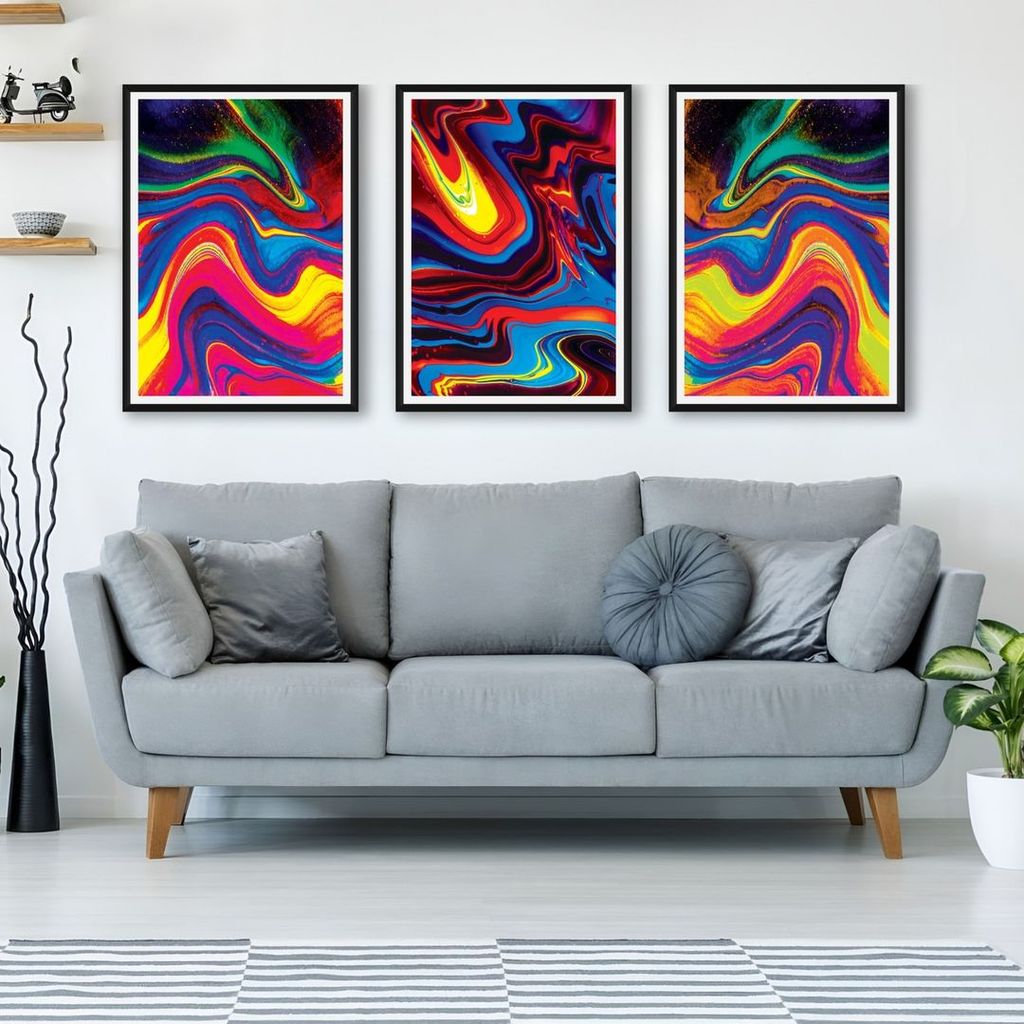
Colorful Abstract Wall Art from abstract_artfalls
The color and texture of your walls can significantly impact the visual impact of your artwork. Consider the background against which the artwork will be displayed. Bold, vibrant paintings can provide a striking contrast against neutral walls, while muted artwork can harmonize with colorful or textured surfaces.
4. Wall Art Lighting
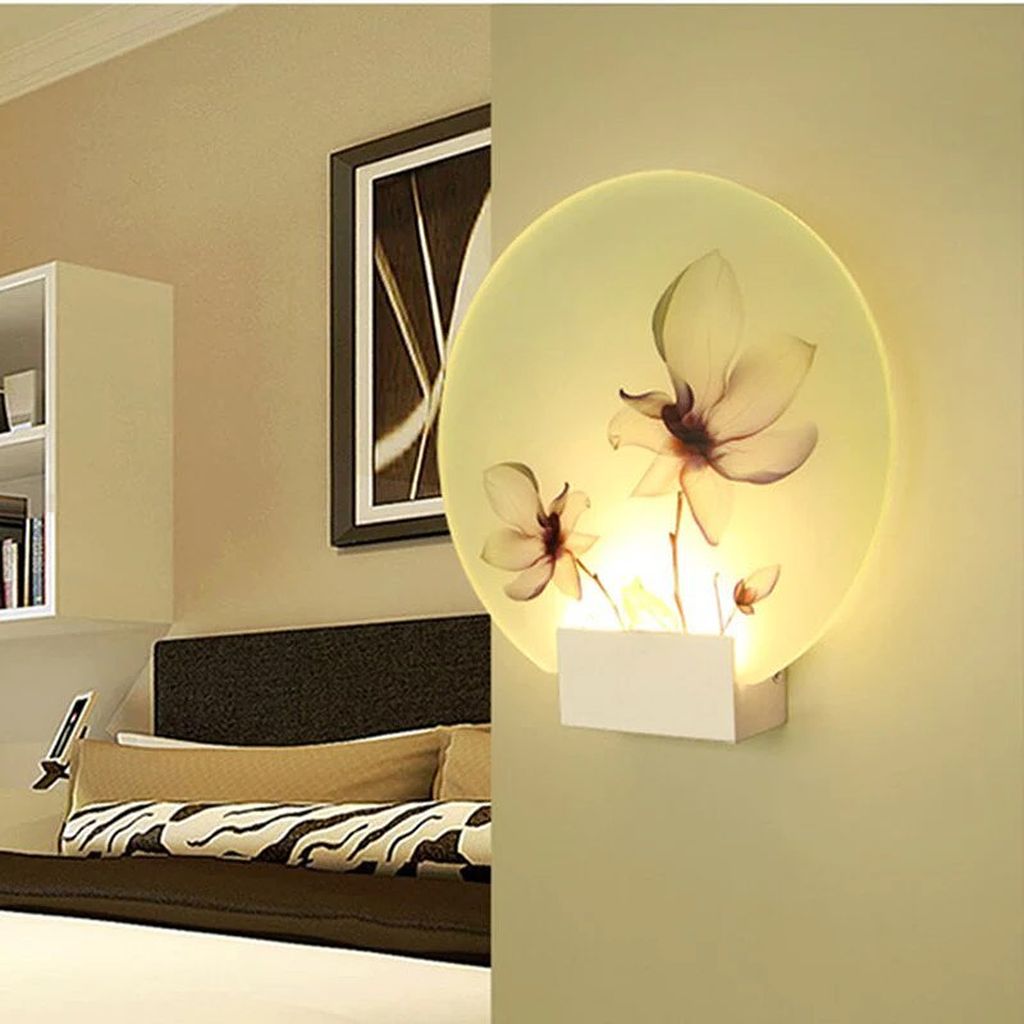
Wall Art Lighting from virtualemporiumdeals
Proper lighting is vital to showcase your wall art effectively. Consider the natural and artificial light sources in your living room. Adjust the placement and angle of light fixtures to highlight the artwork and minimize any glare or shadows that might detract from its beauty.
5. Wall Art Placement
Finding the ideal placement for your wall art is the key to optimizing its impact. Let’s explore some placement options to consider:
- Eye Level: Hang artwork at eye level to ensure it can be appreciated without strain. The center of the artwork should be approximately 57-60 inches from the floor, catering to the average human eye level. However, if you have high ceilings or prefer a slightly different placement, adjust the height accordingly while keeping it visually balanced within the room.
- Above Furniture: When placing wall art above furniture, maintain a proportional balance between the artwork and the furniture below. Aim for a gap of 6-12 inches between the top of the furniture piece and the bottom of the artwork. This spacing creates a visual connection and prevents the artwork from overpowering or crowding the furniture.
- Grouping and Arrangement: Experiment with grouping multiple artworks together to create an engaging gallery wall. Consider the size, shape, and subject matter of each piece to ensure a cohesive arrangement. Play with different layouts and spacing options to find the arrangement that best complements your living room.
- Focal Point: Use wall art strategically to establish a focal point in the room. Whether it’s a single large artwork or a grouping of pieces, position them in a prominent location to draw attention and create a visual anchor. This focal point will add depth and character to your living room.
- Proportions and Balance: Maintaining visual balance is crucial when placing wall art. Consider the proportions of the artwork in relation to the wall space and the surrounding furniture. Balance larger pieces with smaller ones, or vice versa, to create a visually pleasing composition.
- Creating Visual Flow: Guide the eye throughout the living room by placing artwork in a way that creates a visual flow. Arrange the pieces in a manner that leads the viewer’s gaze from one artwork to another, connecting different areas of the room. This flow adds a sense of cohesion and harmony to the space.
- Considering the Room Layout: Take into account the layout and structure of your living room when placing wall art. Consider architectural features such as windows, doors, and columns. Use these elements to your advantage, aligning the artwork with them or using them as natural frames for your pieces.
Tips for Optimal Wall Art Placement
To ensure you achieve the best wall art placement in your living room, consider the following tips:
1. Avoiding Clutter
While it’s essential to display your art collection, be mindful of clutter. Avoid overcrowding the walls with too many pieces, as this can create visual chaos and diminish the impact of each artwork. Allow your wall art placement to breathe and make a statement on its own.
2. Aligning with Architectural Features
Work with the architectural features of your living room to enhance the impact of your wall art. Consider aligning the artwork with architectural lines, such as the corners of a fireplace or the angles of a staircase. This alignment adds visual interest and creates a harmonious blend between art and architecture.
3. Using Templates or Mockups
Before hammering nails into the wall, consider using templates or mockups to visualize the placement of your artwork. Cut out paper or cardboard pieces in the shape and size of your artwork and tape them on the wall. This allows you to experiment with different arrangements and make adjustments without damaging the walls.
4. Experimenting and Adjusting
Don’t be afraid to experiment with different placements and arrangements. Sometimes, the initial placement might not feel right or might not achieve the desired impact. Take the time to step back, reassess, and make adjustments until you find the perfect placement that elevates your living room.
Conclusion Wall Art Placement
Optimizing wall art placement in your living room is an art form in itself. By considering factors such as size, style, lighting, and placement, you can transform your living room into a visually captivating and harmonious space. Experiment with different arrangements, trust your intuition, and let your wall art become a reflection of your personal style and taste.
